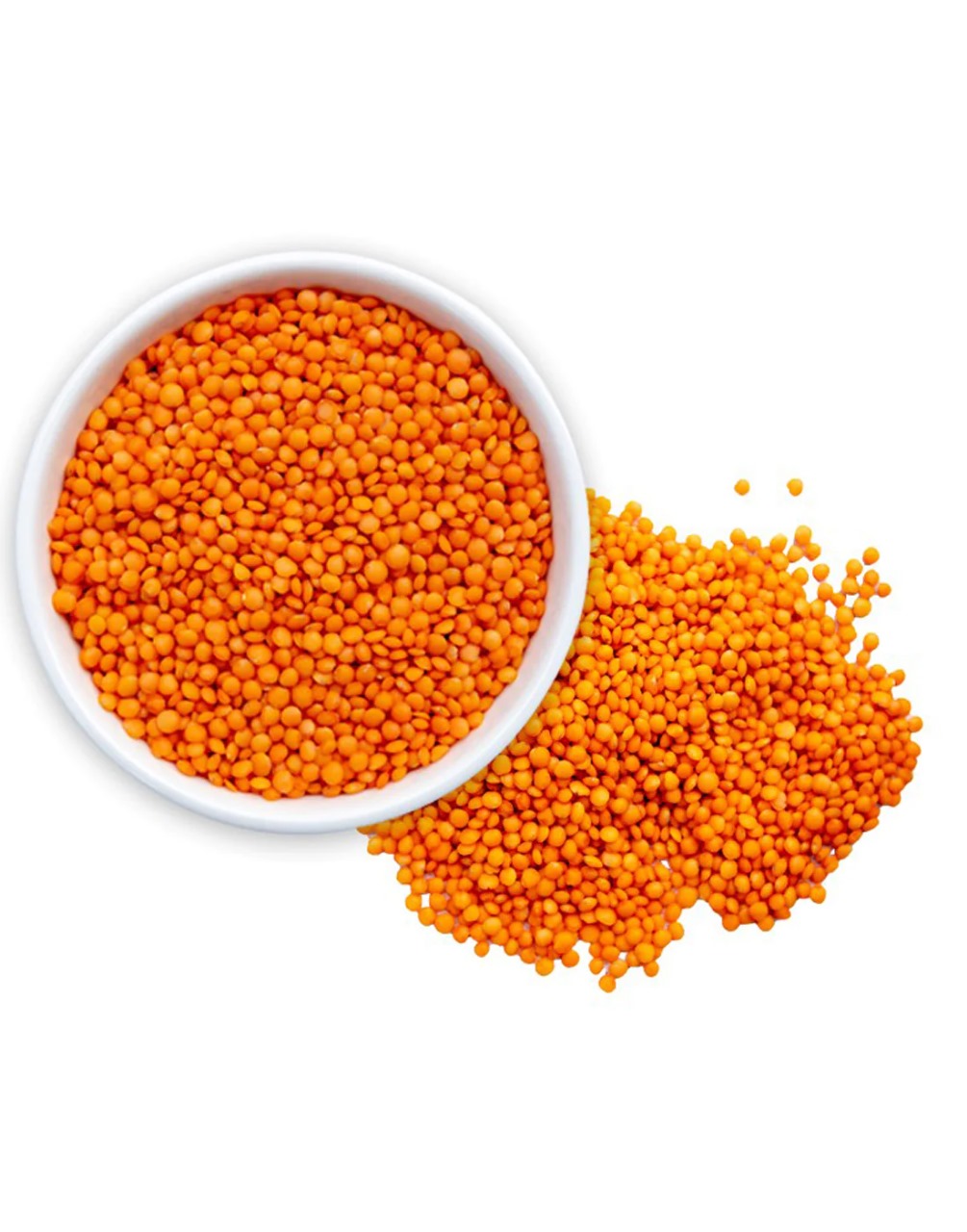



Ajana Impex Pvt. Ltd an offer finest quality huskless split lentils processed using industry’s best standards, packed and exported as requested by customers.Lentil split dal is basically part of legume family and is grown for its lens shaped seeds.Split lentils are easy to prepare and take considerably less time to cook. Lentil split dal comes in different varieties and colours.The raw lentils are sent to processing mills where the husk is removed and the pulses are split to get split lentil dal.
The lentil (Lens culinaris) is an edible pulse. It is a bushy annual plant of the legume family, known for its lens-shaped seeds. It is about 40 cm (16 in) tall, and the seeds grow in pods, usually with two seeds in each. In South Asian cuisine, split lentils (often with their hulls removed) are known as lentils. Usually eaten with rice or rotis, the lentil is a dietary staple throughout regions of India, Sri Lanka, Pakistan, Bangladesh and Nepal. As a food crop, the majority of world production comes from Canada, India and Australia.

| Parameter | Requirements | Comments/ Variation |
|---|---|---|
| Physical Characteristics | Good colour lentils: Split lentils having a clean and bright appearance. The lentils shall be milled from hard and well-filled whole red lentil seed. | |
| Purity | 99.75% min. by weight | Split lentils, whole Lentils and caps. |
| Moisture | 14% max | ---- |
| Foreign Material | 0.25% max by weight | Unmilliable material (i.e. includes soil, stones, metals and non-vegetable matter) and all vegetable matter other than Lentil seed material including detached seed coats. |
| Poor colour | 0.25% max by weight | Kernel that is distinctly off colour from the characteristic colour of the predominating class. Includes lentils that are brown, black, green and / or yellow. |
| Chalky white disease | 0.25% max by weight | --------- |
| Caps | 0.25% max by weight | Caps are those seed coats adhering to split or broken see measured as a combined weight. |
| Dehulled whole lentils | 5% max by weight | ------ |
| Broken and /or kibble lentils | 5% max by weight | Lentil seed material that passes through a round hole screen. Northfield = 2.87mm; all other varieties = 3mm |
| Screen size | Northfield = 2.78mm round hole | Lentil material broken or kibble if falls through. |
| All other varieties – 3 mm round hole | ||
| Field insects | Nil tolerance | Dead per 200 g sample |
| Foreign seeds | 2 cereal seeds max. | Cereal seeds exception only. |
| Properties | Values / Limits |
|---|---|
| Colour | Speckled, greeny-blue in colour. |
| Flavour | Earthy, peppery taste, free from any objectionable flavours. |
| Odour | Should be free from any objectionable odours and taints. |
| Texture | Should be firm, free flowing Green Lentils and not joined together. |
| Contrasting Colours | Max. 0.5% |
| Stained | Max. 4.0% |
| Heated | Max. 0.5% |
| Peeled, Split & Broken | Max. 3.5% |
| Other Damage | Max. 2.0% |
| Total Damage | Max. 3.5% |
| Ergot | Max. 0.05% |
| Insect Parts | Max. 0.02% |
| Stones | Max. 0.10% |
| Other Foreign Material | Max. 0.2% |
| Total Foreign Material | Max. 0.5% |

White urad like other lentils and pulses are good source of protein and dietary fiber.
They are low in fat and rich in B complex vitamins, calcium and potassium.
It provides many of the nutrients your body needs, such as protein, fat, and carbohydrates. These foods serve as the best plant source of protein.
This legume contains building blocks of protein necessary for good health.
The iron, folic acid, calcium, magnesium, potassium, and B vitamins in these foods help meet vitamin and mineral requirements. An ointment made from black gram is useful as an external application in rheumatism, contracted knee and stiff shoulder.